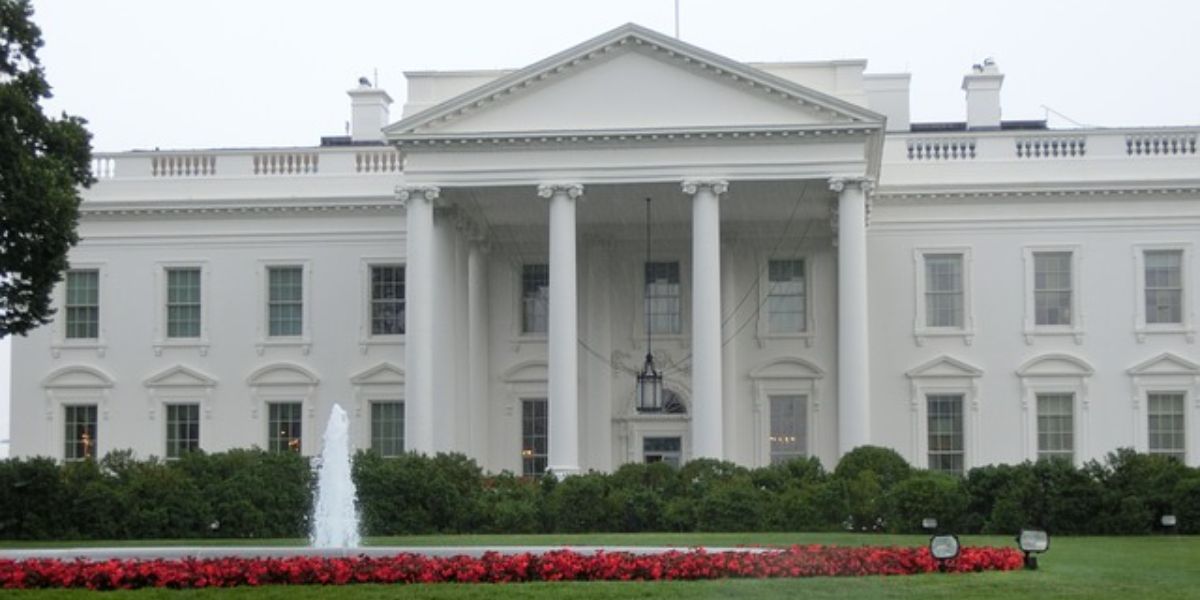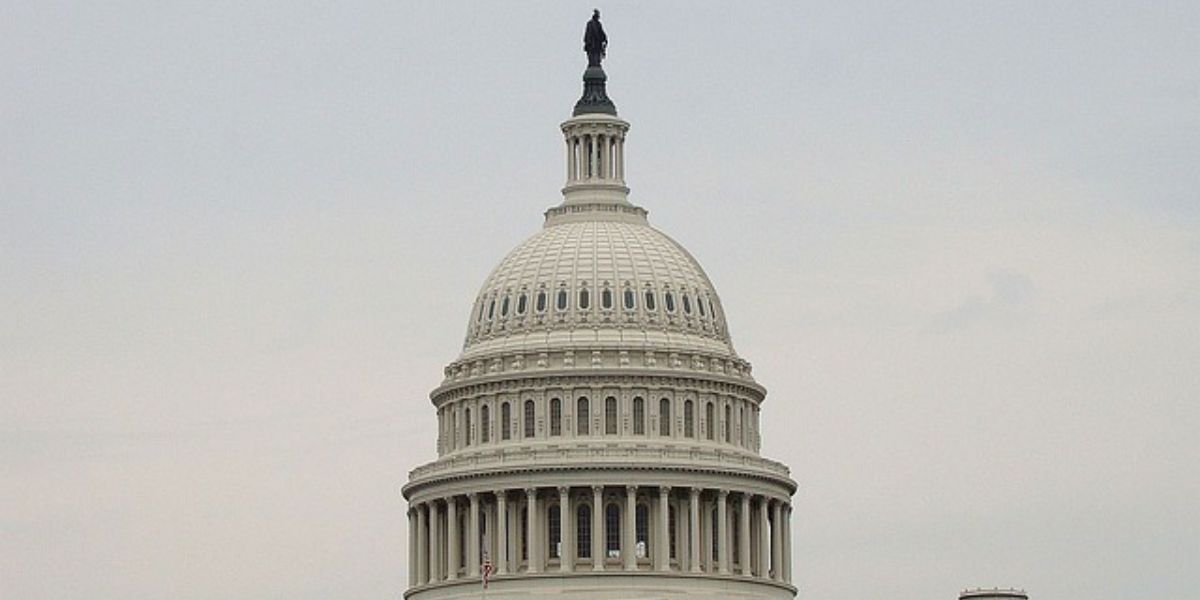An article in the IMF’s Finance and Development Magazine for September 2024 by Ufuk Akcigit, the Arnold C. Harberger Professor of Economics at the University of Chicago, looks at the reason why research and development (R&D) spending does not necessarily boost productivity. The article points out that, as the US has significantly increased its R&D spending over the past four decades, innovation, productivity gains, and economic expansion have slowed.
Large enterprises dominate wide areas of the American economy, and they tend to crowd out more innovative smaller businesses and start-ups. Recent research indicates that, across sectors, the largest firms have prioritized strategic moves to defend their businesses rather than pursuing genuine innovation. The economy has therefore missed potential growth opportunities.
The US needs to better target its approach so innovation and growth are promoted. Policymakers should encourage R&D but also the more effective allocation of available resources. In the 1980s, US R&D investment represented 2.2% of GDP, but today that figure is 3.4%. Private R&D spending by businesses has more than doubled, from 1.1% to 2.5% of GDP. Productivity growth between 1960 and 1985 averaged 1.3%. Since then, gains in productivity have generally fallen below that average, and annual growth has generally been declining.
Previous research has suggested that small enterprises use R&D resources more efficiently. As companies grow and increase their market share, their focus shifts from innovation to protecting their market position. Leading companies plough resources into maintaining market dominance. As the dominant businesses prioritize strategic moves over genuine innovation, the economy misses out on potential growth opportunities.
Research indicates that inventors who move to large firms become less innovative compared with those who move to young firms. A factor in this may be innovation-stifling hiring. This occurs when established enterprises hire key employees from younger competitors, placing them in roles that do not fully leverage their skills. These individuals become less innovative, and the innovative capacity of the economy declines.
This could be seen as a strategic move by large enterprises to neutralize potential competitive threats, but it prevents these individuals from contributing to potentially disruptive innovations in other enterprises. So, while the US has increased R&D spending relative to GDP, the shift of inventive talent towards large businesses has not resulted in a boost in productivity. Therefore, the US economy is not benefiting from growth in productivity as a result of R&D spending. This shows that what is important is not just the amount of R&D investment but also where and how it is allocated.
To promote greater innovation, the policies and incentives need to be targeted to encourage more dynamic, risk-taking behaviour, particularly among smaller enterprises and start-ups. Research shows that large businesses are currently much more likely to benefit from R&D tax credits than smaller enterprises. To promote a more innovative economy, the US should design policies that also support smaller businesses and start-ups, as these often have a greater capacity for disruptive innovation. This policy could include targeted tax credits for small businesses, grants for early-stage innovation, and policies to promote competition and reduce barriers to entry for new firms. By encouraging a more inclusive innovation environment, the US could better exploit its innovative talent, thereby increasing economic growth.
















